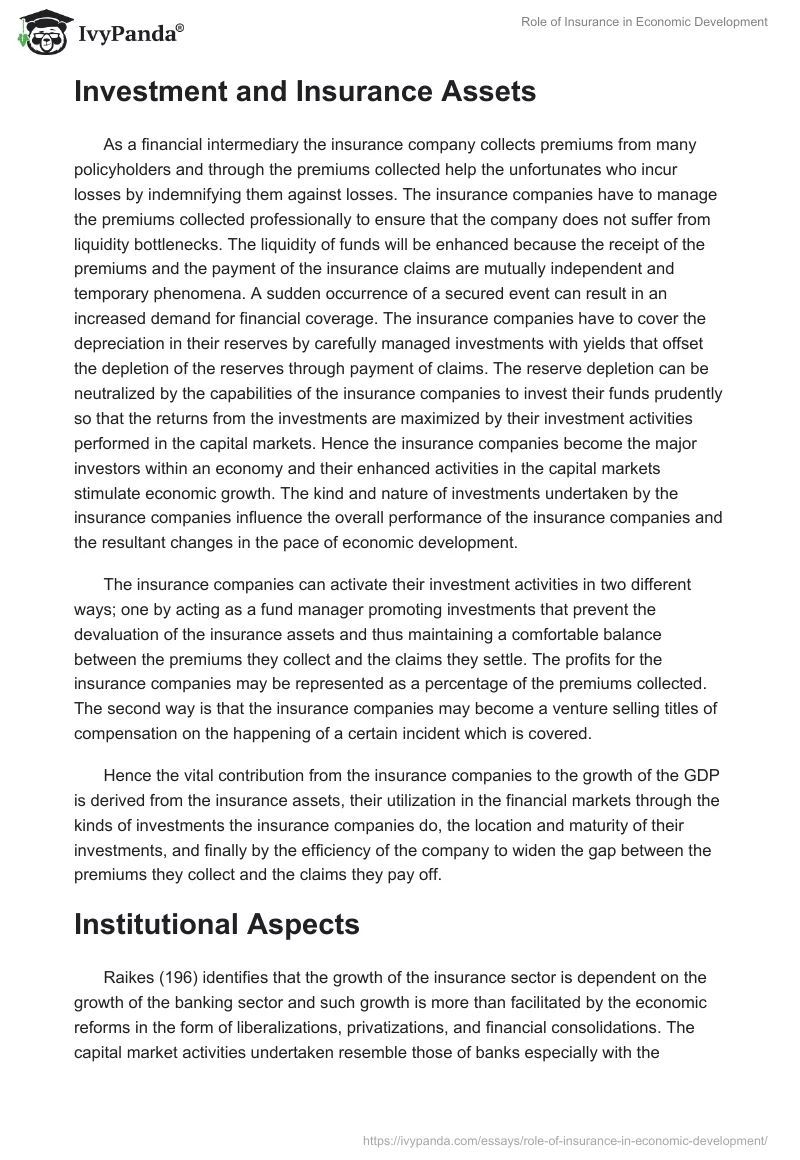Getting My Pacific Prime To Work
Getting My Pacific Prime To Work
Blog Article
The smart Trick of Pacific Prime That Nobody is Talking About
Table of ContentsFacts About Pacific Prime UncoveredPacific Prime for DummiesPacific Prime for BeginnersThe Main Principles Of Pacific Prime The smart Trick of Pacific Prime That Nobody is Talking About

This is due to the fact that the data were gathered for a duration of strong financial efficiency. Of the estimated 42 million individuals that were without insurance, just about regarding 420,000 (about 1 percent) were under 65 years old, the age at which most Americans end up being eligible for Medicare; 32 million were grownups in between ages 18 and 65, around 19 percent of all grownups in this age; and 10 million were children under 18 years old, about 13.9 percent of all children (Mills, 2000).
These quotes of the variety of individuals uninsured are produced from the annual March Supplement to the Existing Populace Study (CPS), conducted by the Census Bureau. Unless otherwise kept in mind, nationwide price quotes of individuals without medical insurance and percentages of the populace with different kinds of protection are based on the CPS, one of the most extensively made use of resource of estimates of insurance coverage and uninsurance rates.
Getting The Pacific Prime To Work

Still, the CPS is particularly helpful because it produces yearly quotes fairly swiftly, reporting the previous year's insurance policy protection estimates each September, and because it is the basis for a consistent set of estimates for greater than two decades, permitting analysis of fads in protection gradually. For these factors, along with the comprehensive use of the CPS in various other research studies of insurance policy protection that are presented in this record, we depend on CPS estimates, with constraints noted.

The quote of the number of without insurance people increases when a population's insurance standing is tracked for several years. Over a three-year duration starting early in 1993, 72 million people, 29 percent of the U.S. https://hub.docker.com/u/pacificpr1me. population, were without coverage for at the very least one month. Within a solitary year (1994 ), 53 million individuals experienced at least a month without protection (Bennefield, 1998a)
6 out of every 10 without insurance grownups are themselves used. Although working does improve the likelihood that one and one's member of the family will certainly have insurance policy, it is not a warranty. Even participants of families with 2 full-time breadwinner have practically a one-in-ten opportunity of being uninsured (9.1 percent without insurance rate) (Hoffman and Pohl, 2000).
The 6-Second Trick For Pacific Prime
New immigrants make up a significant percentage of people without medical insurance. One evaluation has attributed a considerable part of the current development in the dimension of the united state without insurance populace to immigrants that arrived in the country in between 1994 and 1998 (Camarota and Edwards, 2000). Current immigrants (those that involved the United States within the past four years) do have a high rate of being uninsured (46 percent), but they and their youngsters make up top article just 6 percent of those without insurance country wide (Holahan et al., 2001).
The connection in between wellness insurance policy and accessibility to care is well developed, as recorded later on in this phase. Although the partnership in between wellness insurance policy and wellness end results is neither straight neither simple, a substantial professional and wellness solutions research literary works links medical insurance coverage to improved accessibility to care, far better quality, and boosted individual and population health condition.
Levels of evaluation for taking a look at the effects of uninsurance. It concentrates specifically on those without any type of health insurance coverage for any length of time.
4 Simple Techniques For Pacific Prime
The troubles dealt with by the underinsured are in some respects comparable to those dealt with by the uninsured, although they are generally much less severe. Health and wellness insurance, nevertheless, is neither essential nor enough to gain access to clinical services. The independent and direct result of health and wellness insurance protection on accessibility to health and wellness services is well developed.
Others will certainly get the healthcare they require also without health insurance coverage, by paying for it out of pocket or seeking it from providers that use treatment cost-free or at extremely subsidized prices. For still others, wellness insurance coverage alone does not make sure receipt of treatment as a result of various other nonfinancial obstacles, such as a lack of wellness care carriers in their community, restricted accessibility to transportation, illiteracy, or linguistic and cultural differences.
The Single Strategy To Use For Pacific Prime
Formal study concerning uninsured populations in the USA dates to the late 1920s and very early 1930s when the Committee on the Cost of Treatment produced a series of reports regarding funding physician workplace gos to and hospitalizations. This problem came to be significant as the numbers of medically indigent climbed up during the Great Depression.
Report this page